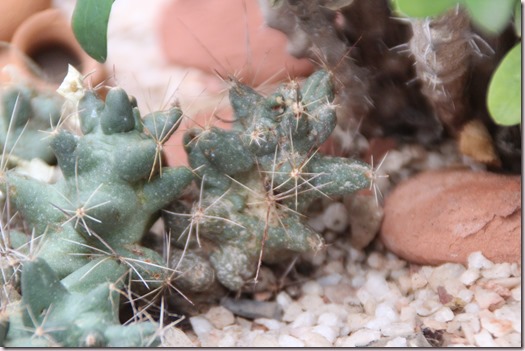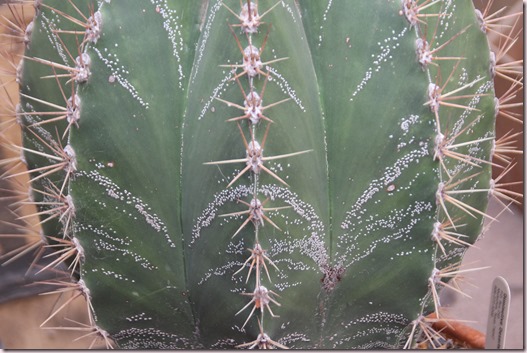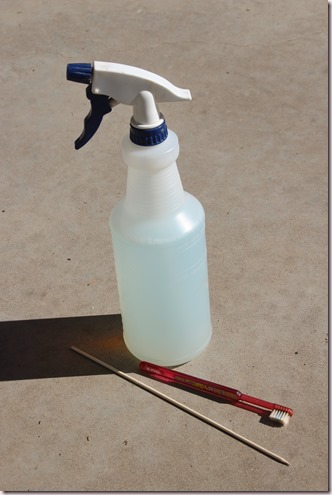
By mid to late winter the mealy bugs have decided to descend in full force on plants in the greenhouse. Lack of air circulation seems to be the prime factor with these pesky little bugs because this is when I always have the most trouble with them, when they have been inside for the winter. Mealy bugs can appear at any time of the year, mind you, but poor air movement, trapped humidity, and cramped quarters seem to be what make them thrive. I don’t think they can survive freezing weather on outdoor plants, or maybe they just hunker down and sit dormant, waiting for warm weather to come back. Indoor plants, however, provide them with a nice place to live when it is cold and icy outside.



These aren’t very appealing pictures to begin a story with, but this is what mealy bugs look like, if you have never had to deal with them. The very first picture is a good portrait of them at the top of their game. The next three pictures are of slightly older groups of the bugs. This is what mealy bugs look like-NOT to be confused with white spots that are supposed to be on certain species of cactus, especially on astrophytums, like these next two pictures-
Notice how the spots-white trichomes, if you want to get technical- form a pattern on this astrophytum capricorn, and the smaller one below;
You can scrub and scrub on these spots which are slightly raised and nubby to the touch, and they aren’t coming off. In fact, you don’t want them off. This flocking, as it is called, is part of the plant.
These are the tools I use to fight mealy bugs: soapy water, a child-size soft toothbrush, and a wooden cooking skewer. And many times my fingers and fingernails. 
Mix up a teaspoon or so of liquid dishwashing soap-I use Dawn-and water in a spray bottle, and saturate the infested areas with the spray. If I can get to them, I try to physically wipe or scrub the bugs off the plant first and then spray again to wash away what I have loosened that is still on the plant. The soft toothbrush is handy to scrub firm plant surfaces and to get in between spines and in crevices of the plant. I use the skewer to get down into deep ridges that the toothbrush might not reach, but be careful to do that gently or you will damage the epidermis of the cactus.
As far as I know, there is no rhyme or reason for the plants they seem to attack the most. The majority of my plants have never had mealy bugs; others seem to send out engraved invitations. Be sure to check the underside of leaves and keep dead dried leaves cleaned out under plants. I would spray all plants at least once a week, just for good maintenance, and infested areas every couple of days until you see evidence that you have stopped them. Sometimes the bugs will get down below the surface of the dirt and in the roots of the plant. Then you have to take more drastic measures if you want to save the plant. Take it out of the pot, wash all the soil away from the roots, let the bare roots dry for a day or two; then repot in clean soil. And still spray the plant regularly with the soapy water.
The trick to mealy bugs is to catch them early when you see just one or two. This, of course, means you have to check your plants regularly, which you do anyway. Adding a fan or two for air circulation would probably help as well.
Just so you know, the soapy water will work or regular foliage plants as well.
Be diligent in your inspections, and you will be rewarded. Mealy bugs can be sent packing!
Reblogged this on AERS Associazione Emilia Romagna Succulente and commented:
Utile
Larissa
Reblogged this on lararomagnoli and commented:
useful